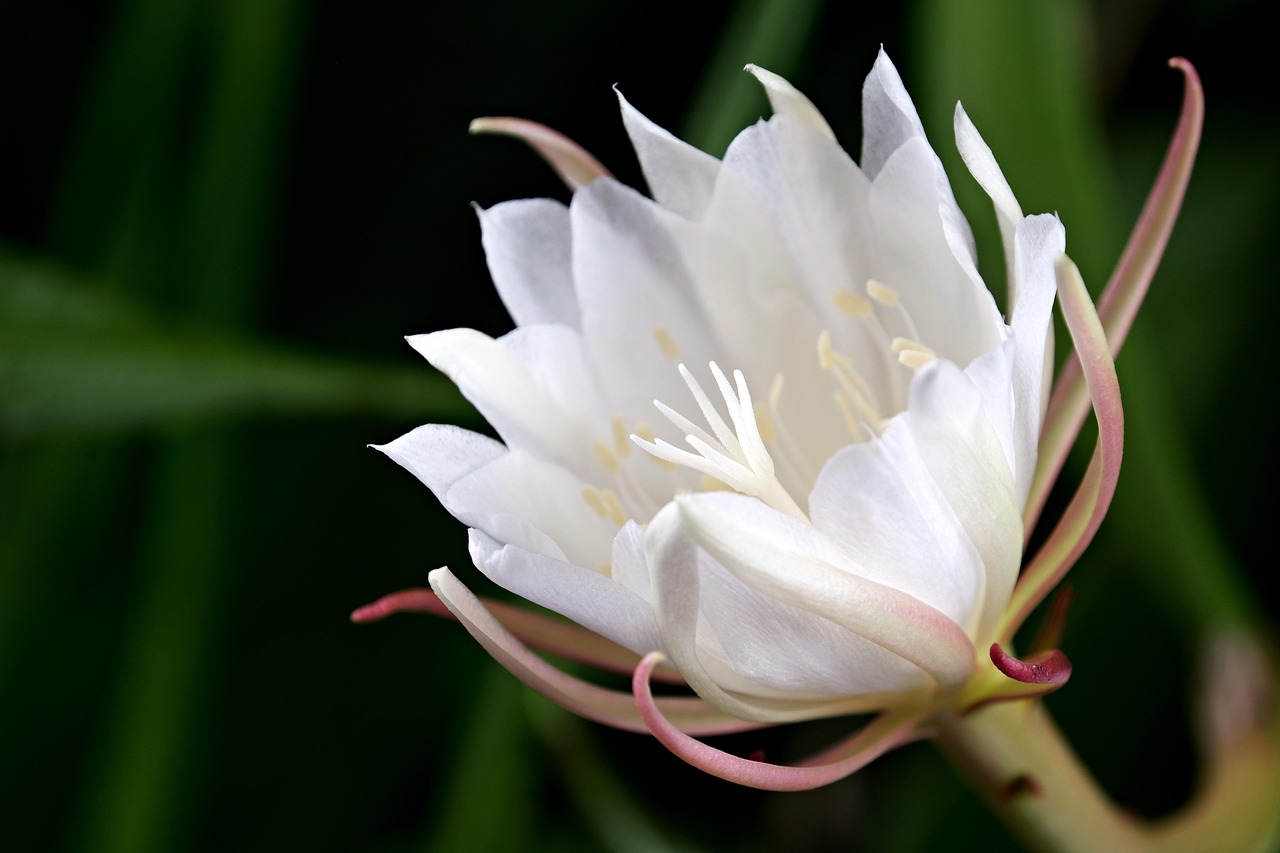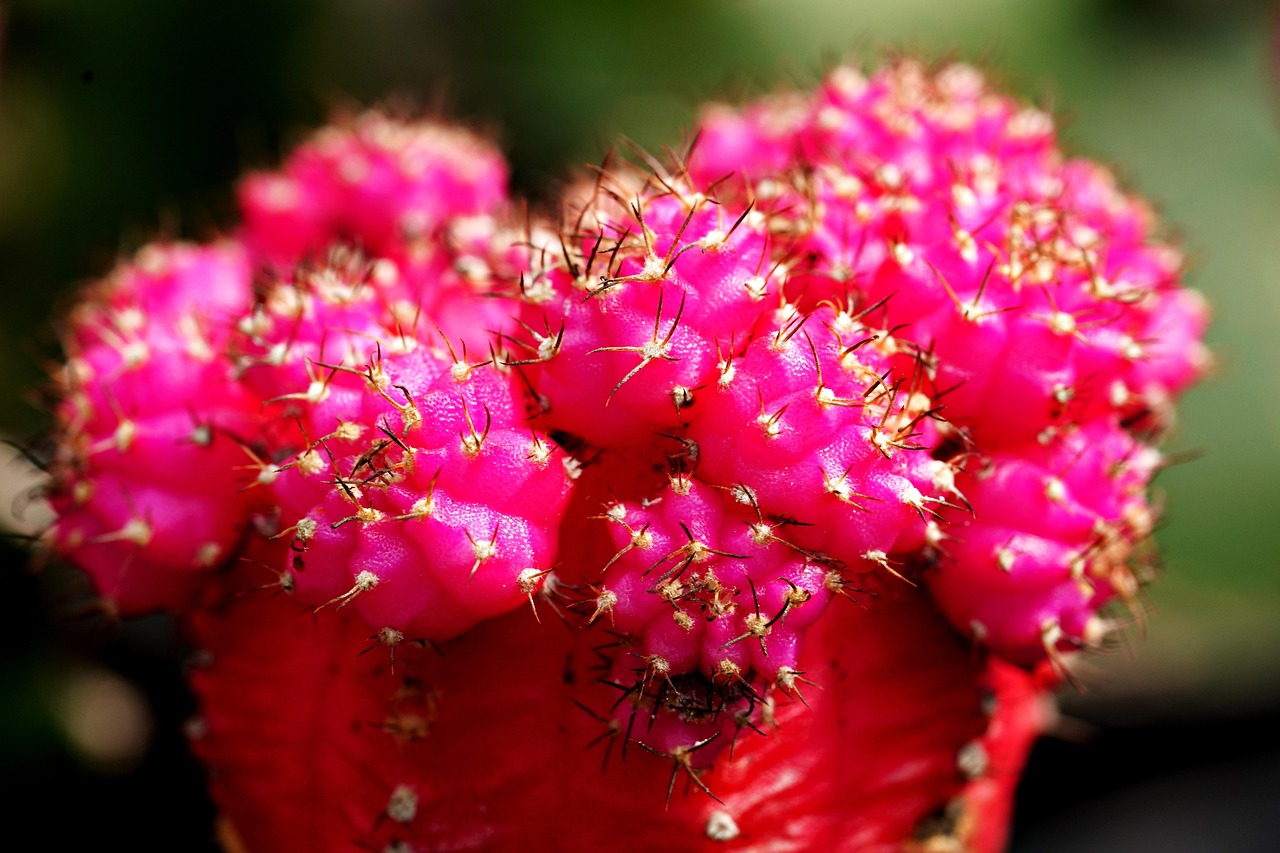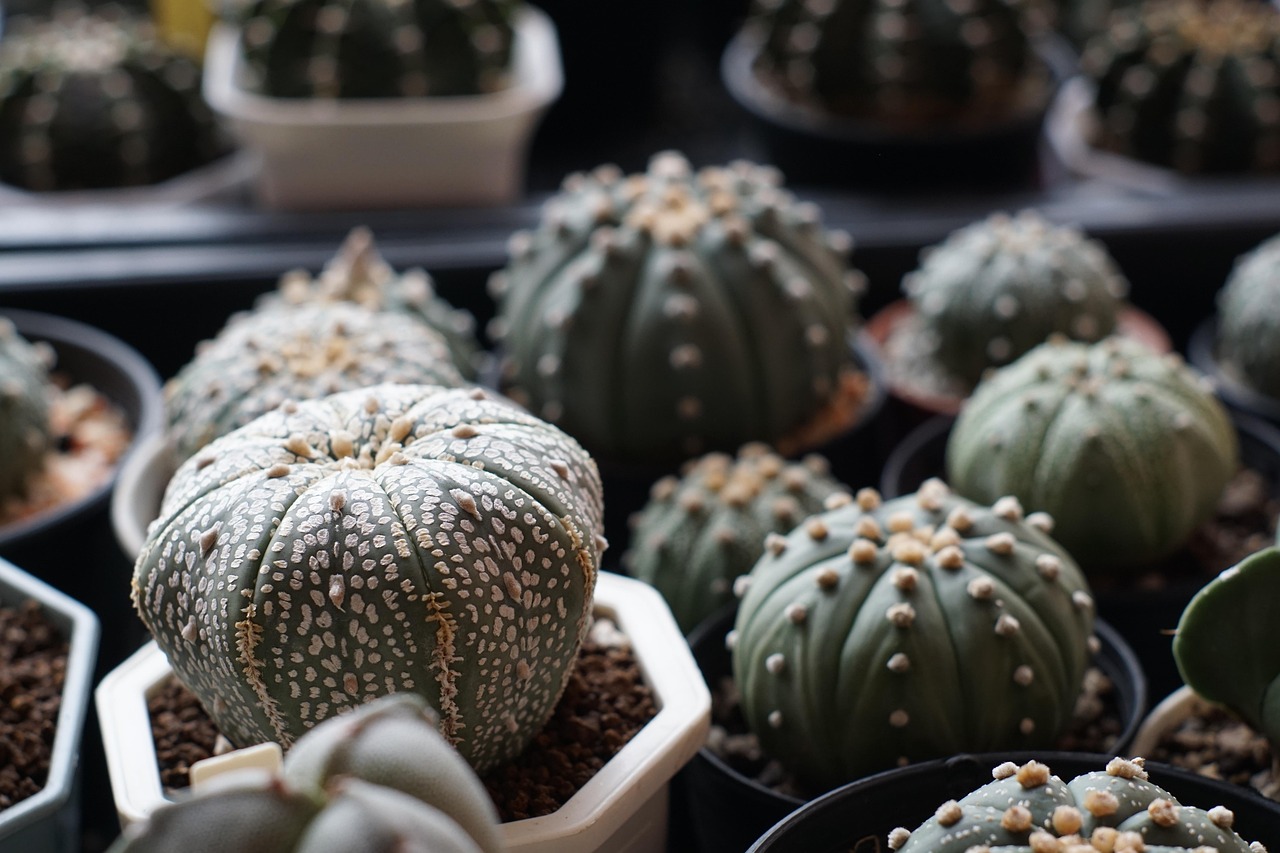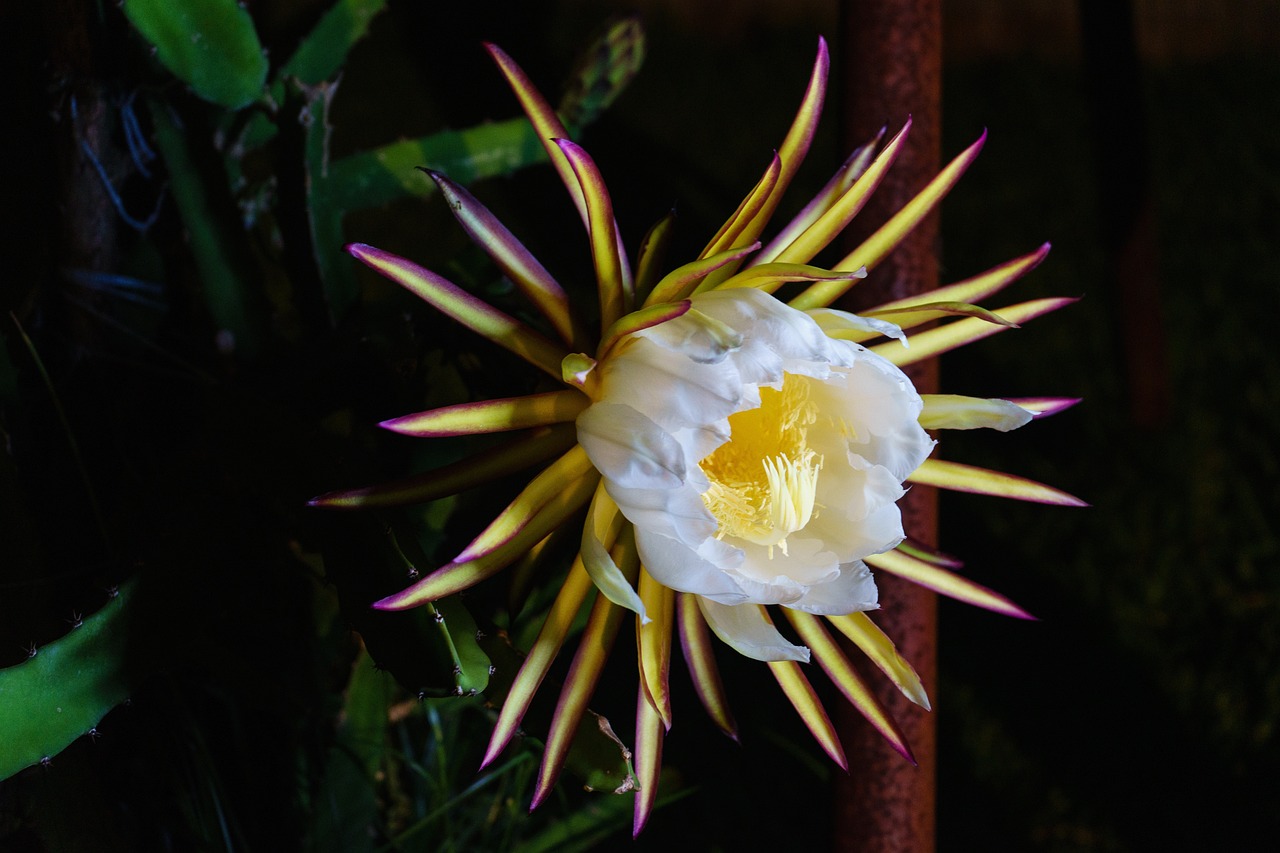Prickly Pear: Features and Care
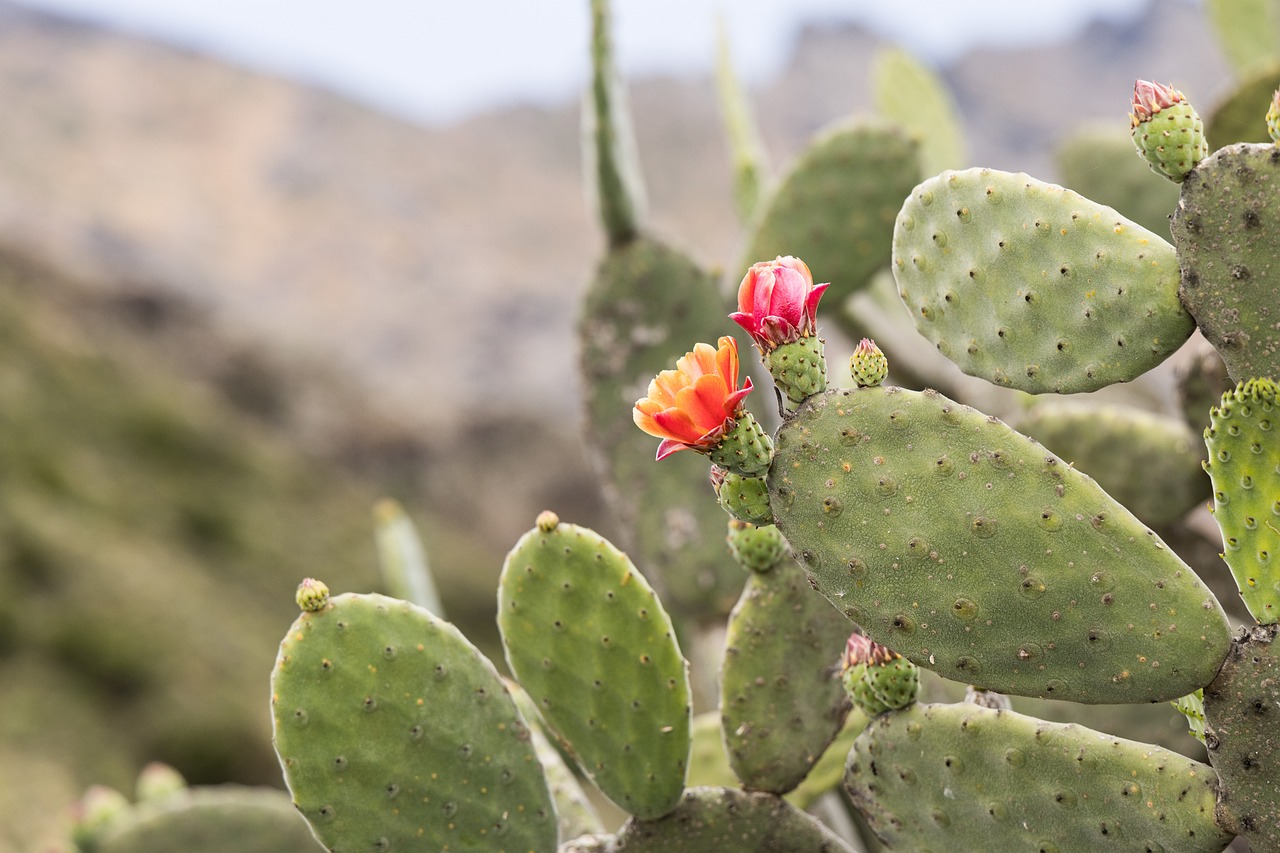
Prickly pear (Opuntia) is a cactus known for its unique appearance and vibrant flowers. Native to arid regions, it is valued worldwide as an ornamental plant and garden accent.
This article details its basic information, cultural and historical significance, and care tips.
Basic Information
- Scientific Name: Opuntia
- Family: Cactaceae
- Native Region: North America, Central, and South America
- Appearance: Prickly pear features flat, rounded, or oval pads covered in spines or fine hairs. In summer, it produces stunning yellow, orange, or red flowers, and some varieties bear edible fruit.
- Blooming Period: May to August (depending on region and climate)
Cultural Significance Worldwide
Prickly pear holds a special place in the culture of North American Indigenous peoples, particularly in the Southwestern desert regions, where it was considered sacred and used in rituals.
In Mexico, it is a national symbol, even depicted on the country’s flag. In the Mediterranean and South Africa, it has become a beloved landscape plant for arid areas.
Historical Episodes
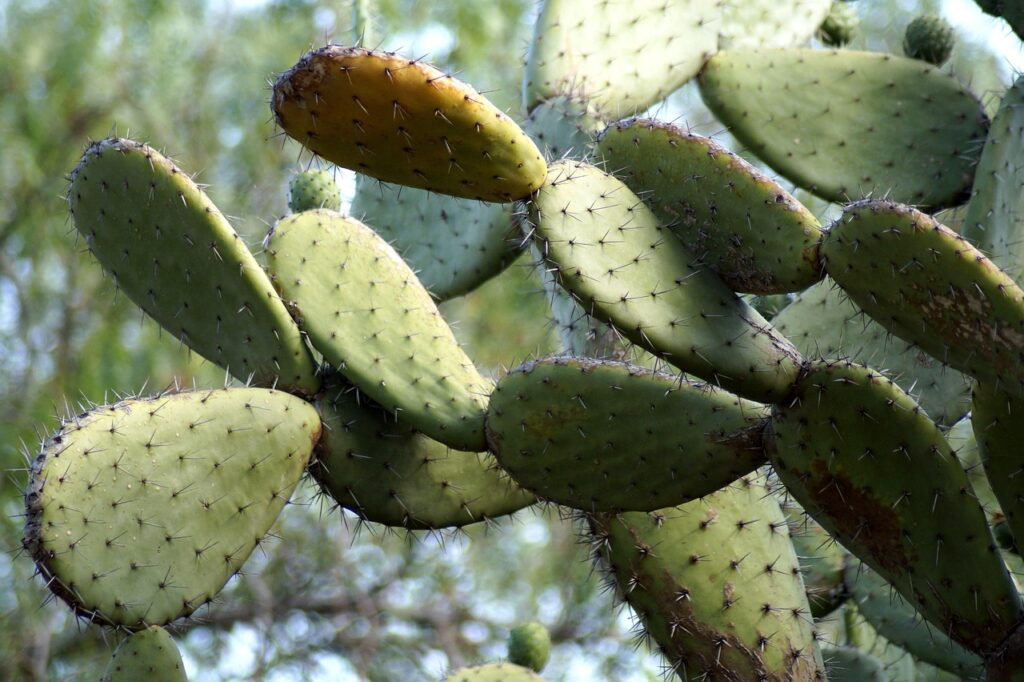
Prickly pear was introduced to Europe after Columbus’s voyages to the Americas. It later spread to the Mediterranean and India, where it became a vital plant for desert greening.
In the 18th century, it was prized in European gardens as an exotic addition, with its flowers admired in greenhouses and public displays.
Gardening Advice
Caring for prickly pear is straightforward. Follow these tips for optimal growth:
Sunlight
Requires full sunlight. Indoors, place it near a bright window.
Watering
During spring and summer, water only when the soil is completely dry. In winter, reduce watering as it enters dormancy. Avoid overwatering to prevent root rot.
Soil
Use well-draining cactus soil or a mix of sand and pumice.
Fertilizer
Apply diluted cactus fertilizer once a month during the growing season.
Repotting
Repot every few years in spring to prevent root crowding.
Conclusion
Prickly pear’s distinctive appearance and drought tolerance make it a versatile addition to gardens and indoor spaces.
With proper care, it produces stunning flowers and serves as a unique decorative feature. Incorporate this resilient plant into your space to evoke the charm of arid landscapes.

